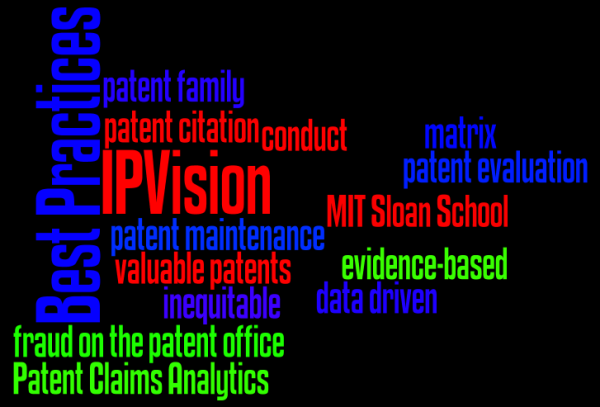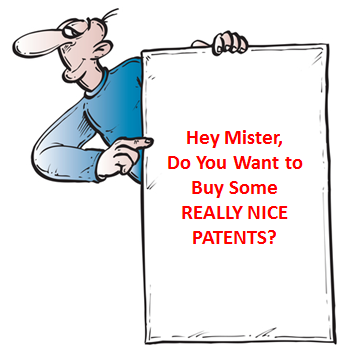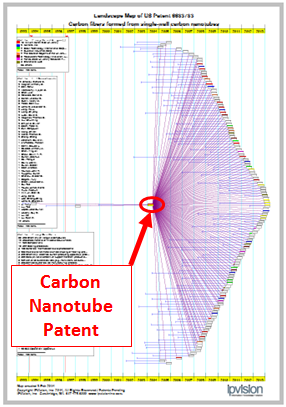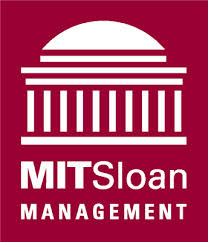On July 25, 2014, Bose Corporation filed a patent infringement suit against Beats Electronics, which is in the process of being acquired by Apple for $3 billion.
Let’s take a look at the complaint and what ammunition each side has in its patent portfolio.
Bose alleges that Beats “Studio®” and “Studio® Wireless” brands active noise reduction headphones infringe Bose patented noise cancellation technology. In the complaint Bose states “For almost 50 years, Bose has made significant investment in the research, development, engineering, and design of proprietary technologies now implemented in its products, such as noise cancelling headphones. Bose’s current line of noise cancelling headphones, for example, embodies inventions protected by at least 36 U.S. patents and applications (22 patents and 14 pending applications) ….. Bose’s latest noise cancelling headphones model, the QC20, is protected by at least 27 U.S. patents and applications (14 patents and 13 pending applications)”. In the complaint Bose asserts that Beat is infringing the following U.S. patents (the “Asserted Patents”):













